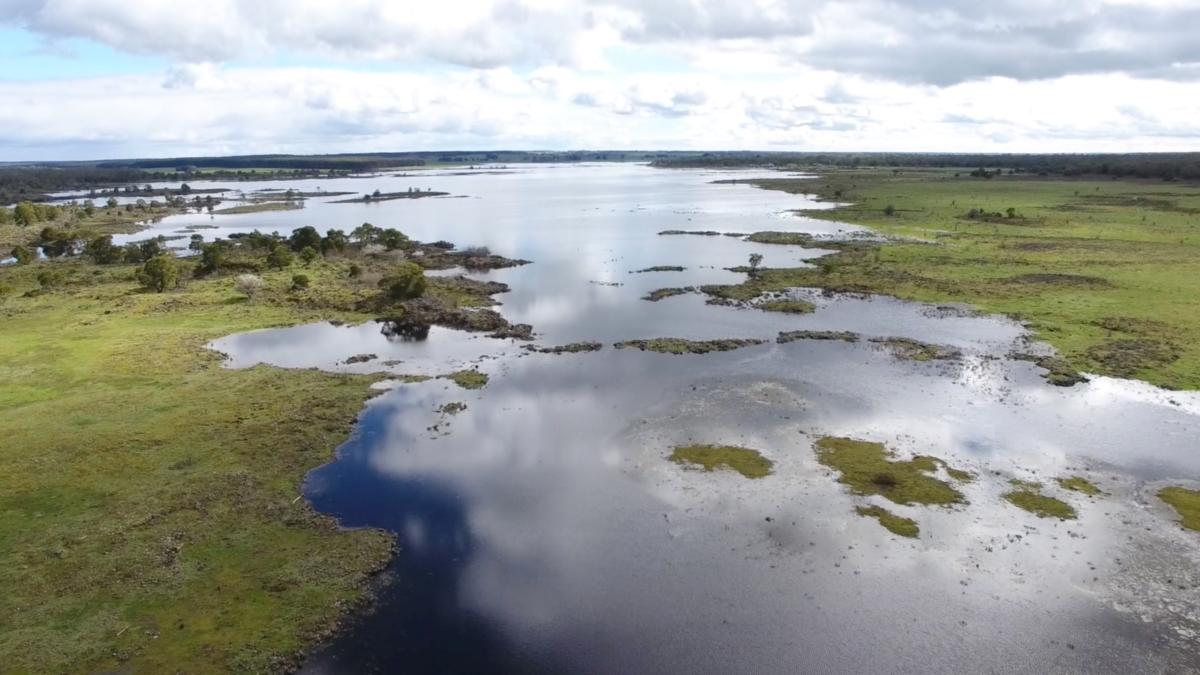
An ancient Indigenous aquaculture in southwest Victoria has become the first Australian site to receive World Heritage protection solely for its Aboriginal cultural value.
[jwplayer z1xckNzh]
The Budj Bim Cultural Landscape, home to the now dormant Budj Bim volcano, was formally added to the list on Saturday morning during a meeting in Baku, Azerbaijan after several decades of campaigning by traditional owners.
The site was created around 6,600 years ago by the Gunditjmara people and features some of the world’s largest and oldest living examples of aquafarming. For generations, the Gunditjmara people built and used an advanced system of weirs, channels, and ponds to trap eels. They also made long eel baskets out of river reeds and spear grass to regulate and capture eels according to weight and size.
“It’s official,” Victorian Premier Daniel Andrews tweeted. “Budj Bim has become the first site in Australia to receive UNESCO World Heritage protection solely for its Aboriginal cultural importance. And rightly so. Because Aboriginal history is human history. And it must be recognised.”
“This landscape, which we have cared for over thousands of years, is so important to Gunditjmara People.
“The decision also recognises Budj Bim’s significance to all of humanity. We are so proud to now be able to share our achievements and story with the world.”
🔴 BREAKING
Budj Bim Cultural Landscape, #Australia 🇦🇺, has just been inscribed on @UNESCO #WorldHeritage List. Congratulations! 👏
ℹ️ https://t.co/thV0mwrj0X #43WHC pic.twitter.com/ZcHeGQ0rM1
— UNESCO 🏛️ #Education #Sciences #Culture 🇺🇳 (@UNESCO) July 6, 2019
The Budj Bim Cultural Landscape is Australia’s 20th World Heritage site. It is one of seven new additions to UNESCO’s World Heritage List. Others include the Archaeological Ruins of Liangzhu City in China and the Jaipur City, Rajasthan in India.



